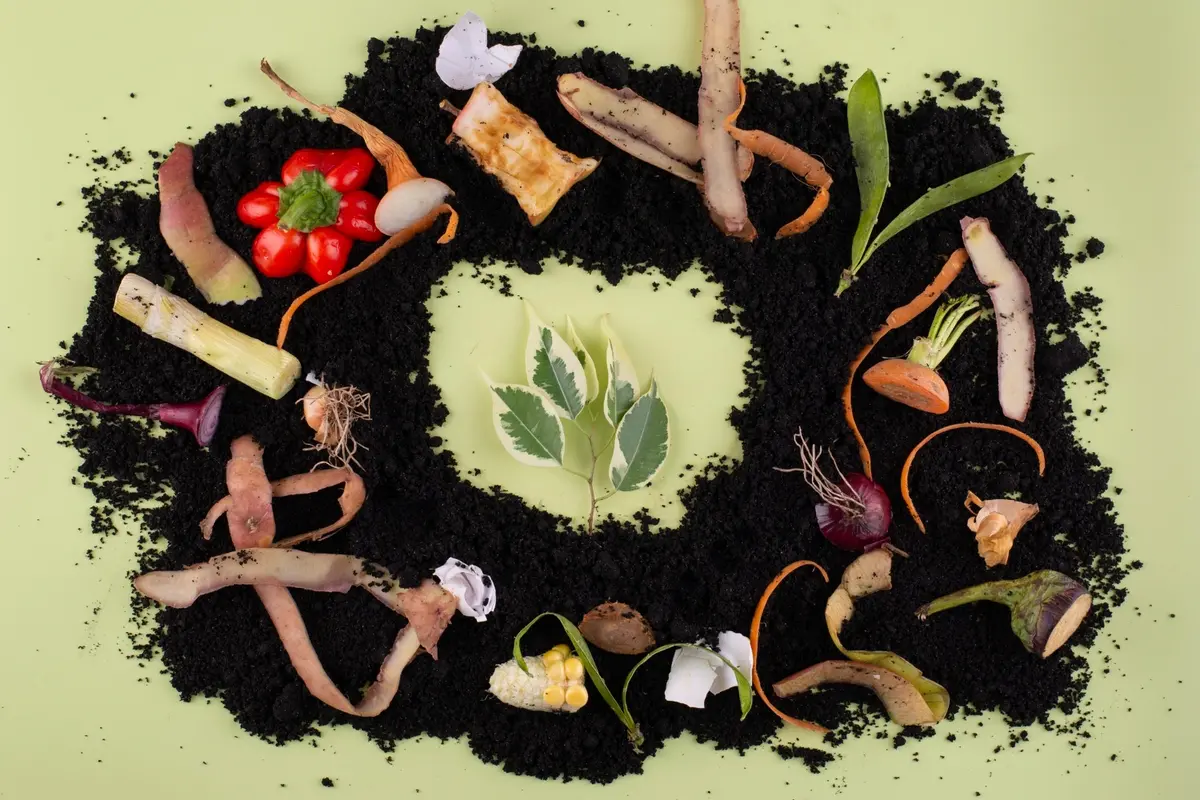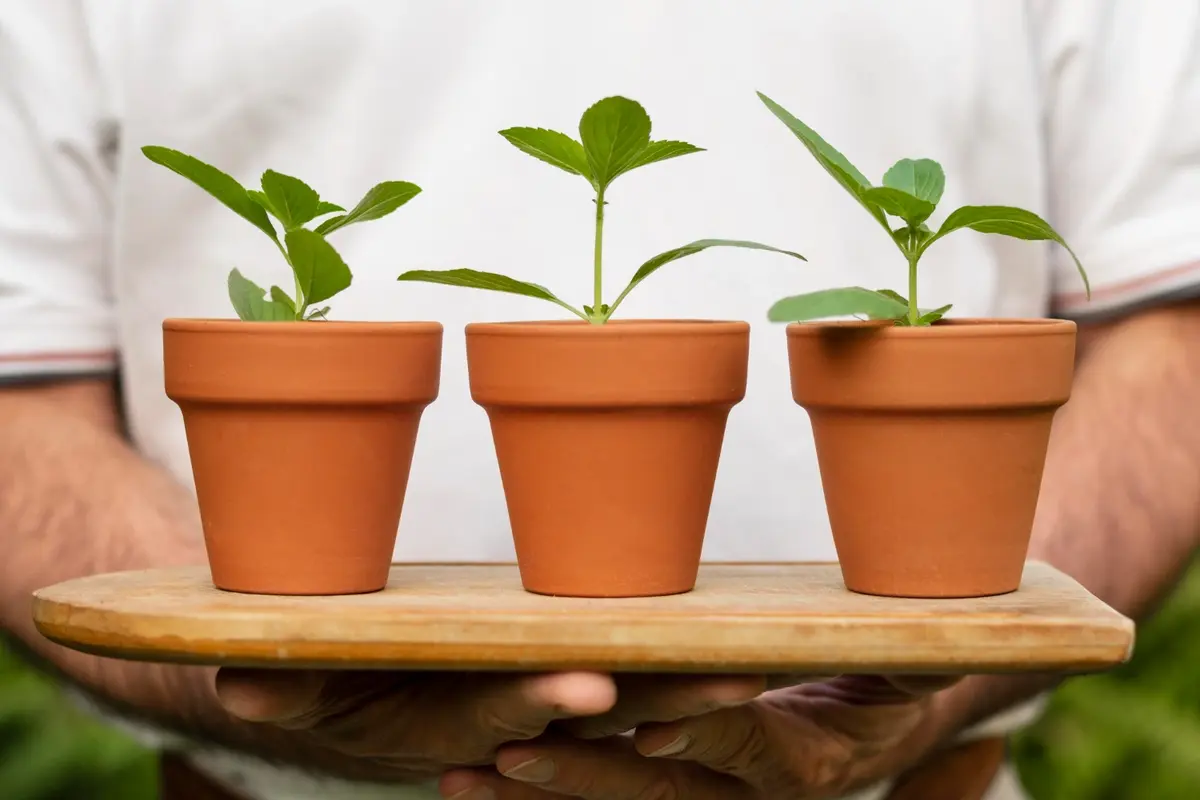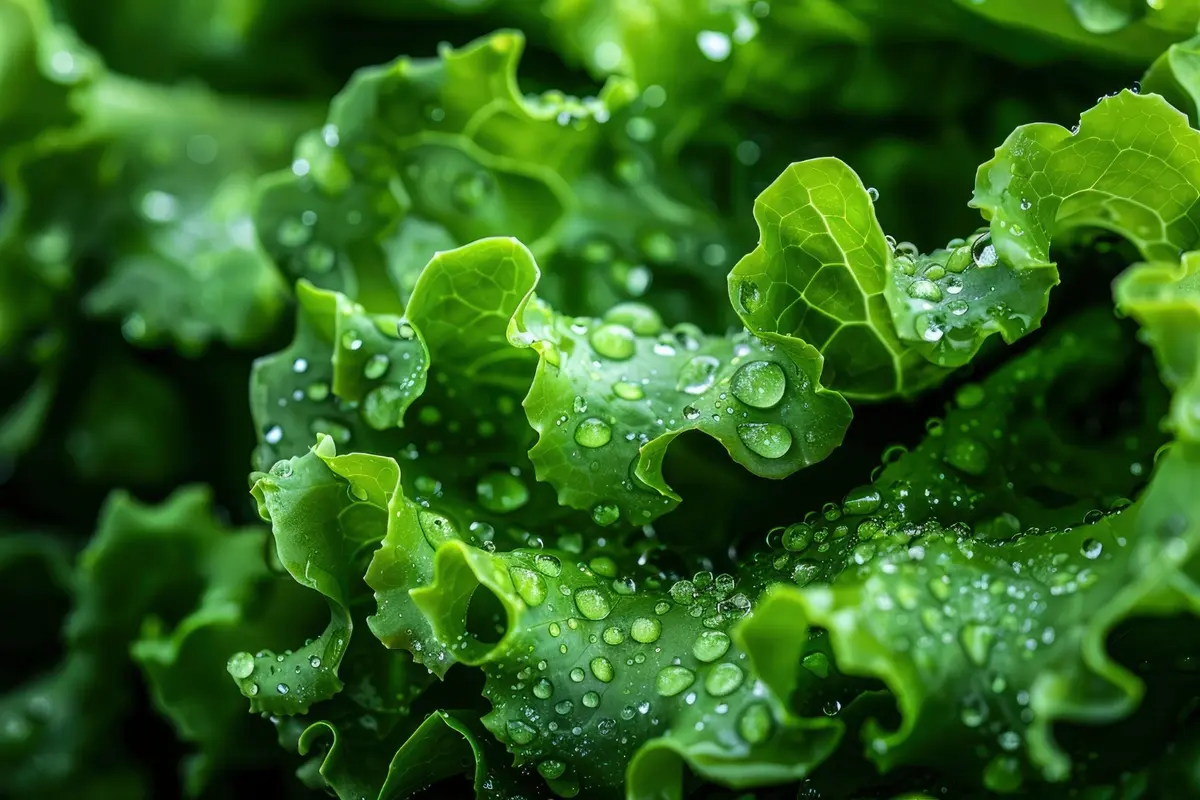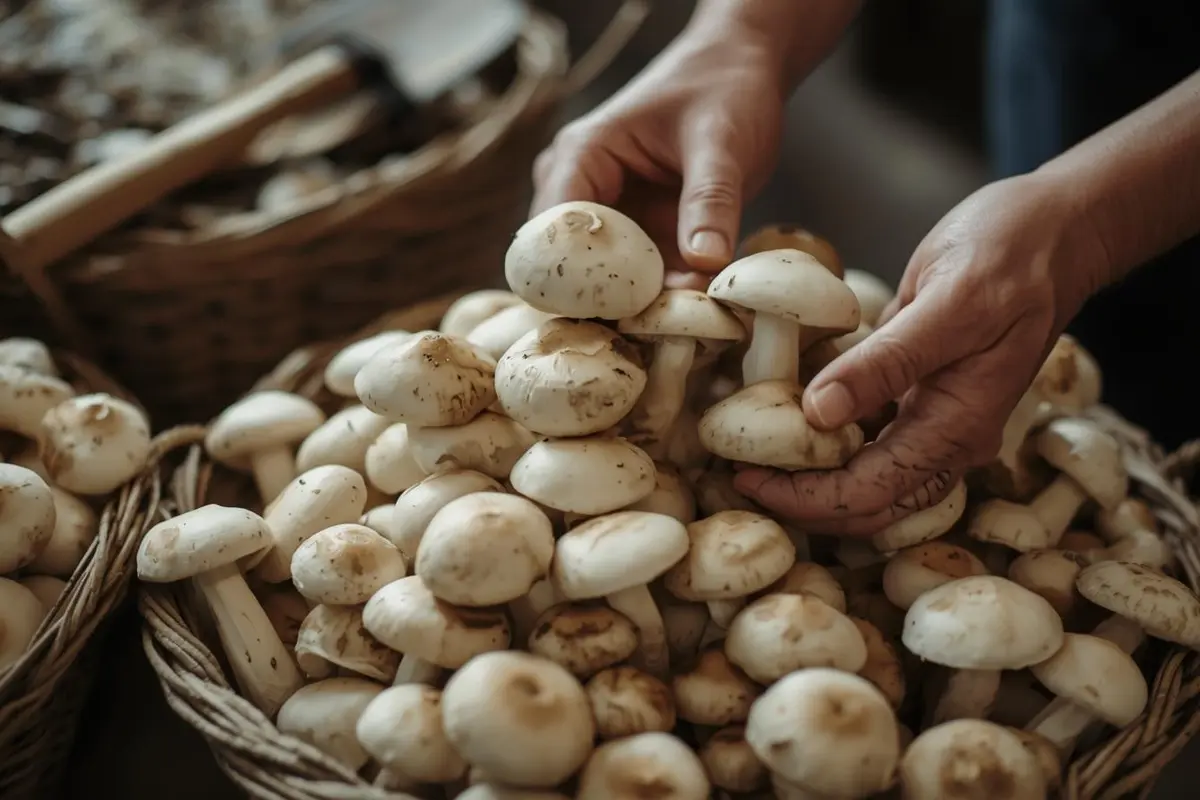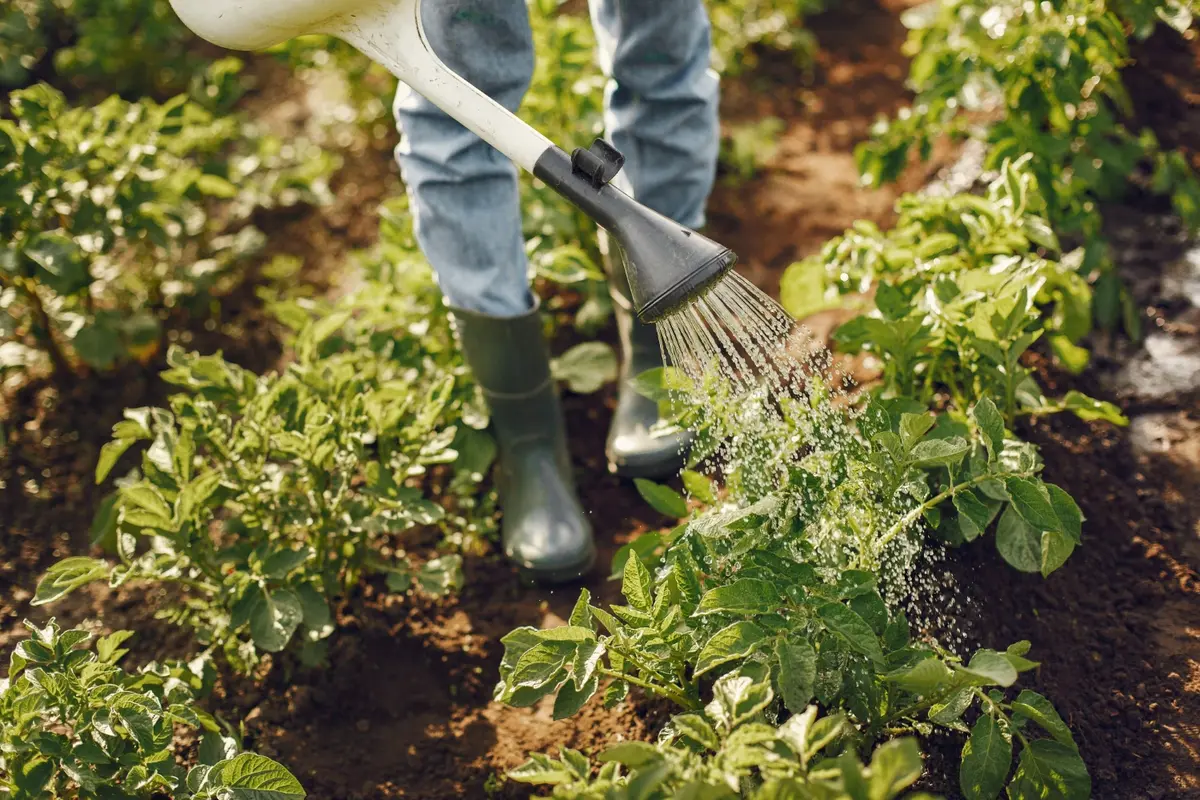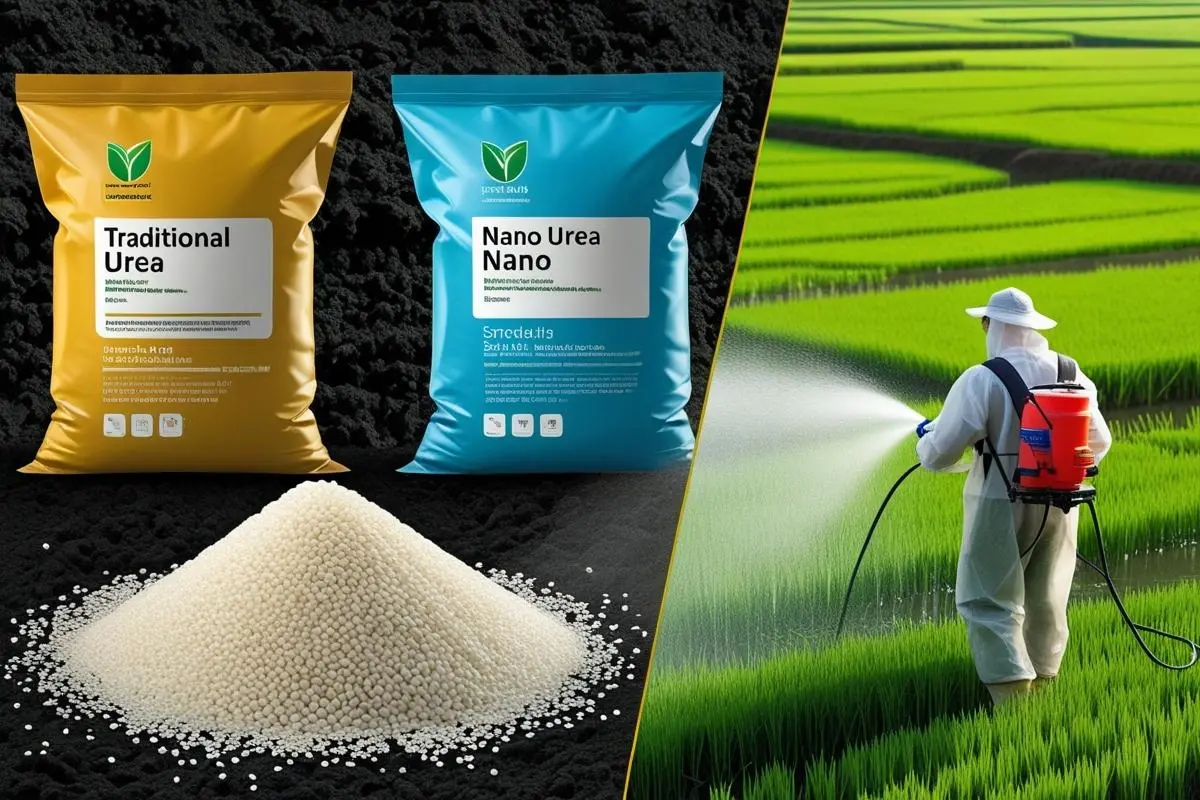Composting is one of the most effective and eco-friendly ways to reduce household waste and nourish your garden naturally. If you’re looking to enrich your soil without spending extra money, learning how to make compost at home using kitchen waste for plants is the perfect solution. By turning everyday scraps like vegetable peels, fruit rinds, and coffee grounds into nutrient-rich compost, you not only minimize waste but also create an organic fertilizer that helps your plants grow healthier and stronger. In this article, we’ll explore simple steps to start composting right in your backyard or balcony.
Table of Contents
How to Make Compost at Home Using Kitchen Waste for Plants

1. Choose a Compost Bin or Spot
- Pick a bin, bucket, or drum that suits the space you have, large enough for your daily waste.
- Make sure it has holes or vents for proper airflow to help organic matter break down.
- If using a pit, dig it away from your main living area to avoid unpleasant smells.
- Consider a covered bin to protect your compost from heavy rains and pests.
- Place it on bare soil if possible, as direct contact with the ground helps worms and microbes enter.
2. Select the Right Location
- Keep the compost bin in a partly shaded spot; too much sun dries it out quickly.
- Make sure the area has good drainage so water doesn’t accumulate at the bottom.
- Choose a convenient spot near your kitchen for easy daily waste dumping.
- Keep it away from windows and doors to avoid inviting insects inside.
- If you live in an apartment, you can use a small bin on a balcony or terrace.
3. Collect Kitchen Waste Correctly
- Use a small covered container in the kitchen to store daily scraps.
- Collect vegetable peels, fruit rinds, tea bags, coffee grounds, and crushed eggshells.
- Chop bigger waste into smaller pieces for faster decomposition.
- Never add meat, bones, dairy, or oily food, as they rot slowly and attract pests.
- Empty your kitchen scrap bin into your compost bin every day or every other day.
4. Add Dry Waste to Balance
- Dry waste, like dry leaves, paper, and sawdust, provides carbon to balance wet waste.
- Keep a bag or box of dry waste near your compost bin for easy use.
- After adding kitchen scraps, always sprinkle a layer of dry waste on top.
- This helps reduce odor and keeps fruit flies away.
- Maintain a ratio of roughly 60% wet waste to 40% dry waste for the best results.
5. Layer the Waste Properly
- Start the bin with a base layer of twigs or coarse dry waste to aid airflow.
- Add a layer of kitchen waste on top of this base.
- Cover the kitchen waste with a layer of dry waste like shredded newspaper or dry leaves.
- Repeat this process, always adding dry waste after each layer of wet waste.
- Proper layering ensures balanced decomposition and prevents bad smells.
6. Maintain Moisture and Airflow
- Check the moisture by squeezing a handful; it should feel like a damp sponge.
- If too dry, sprinkle water lightly; don’t flood it.
- If too wet or smelly, add more dry waste to absorb excess moisture.
- Poke holes or turn the compost to allow air to circulate freely.
- Good airflow prevents anaerobic conditions and speeds up composting.
7. Turn the Pile Regularly
- Use a stick, garden fork, or compost turner to mix the compost once a week.
- Stirring ensures all material decomposes evenly.
- Turning introduces oxygen, which speeds up the breakdown.
- It helps control moisture levels by mixing wet and dry layers.
- Regular turning keeps pests and bad odors away.
8. Cover and Protect the Compost
- Always cover fresh waste with dry material or a thin layer of soil.
- Use a tight lid or tarp to keep rainwater out and maintain steady warmth.
- Covering deters insects, rodents, and stray animals.
- In rainy seasons, make sure excess water can drain out to avoid soggy compost.
- Check the bin often to ensure the cover stays secure.
9. Harvest and Use the Compost
- After 2–3 months, your compost should look dark, crumbly, and smell earthy.
- Use a small sieve to remove any large, undecomposed pieces.
- Store finished compost in bags or bins if not using immediately.
- Apply it to your garden beds, potted plants, or vegetable garden.
- This homemade compost enriches soil, boosts plant health, and reduces the need for chemical fertilizers.
Conclusion
Making compost at home using kitchen waste for plants is an easy, eco-friendly habit that turns everyday scraps into nutrient-rich soil food. By following these simple steps, you can reduce household waste and enrich your garden naturally. Home composting not only saves money on fertilizers but also helps build healthier soil and greener plants. Start composting today and enjoy a thriving, sustainable garden right at home!

